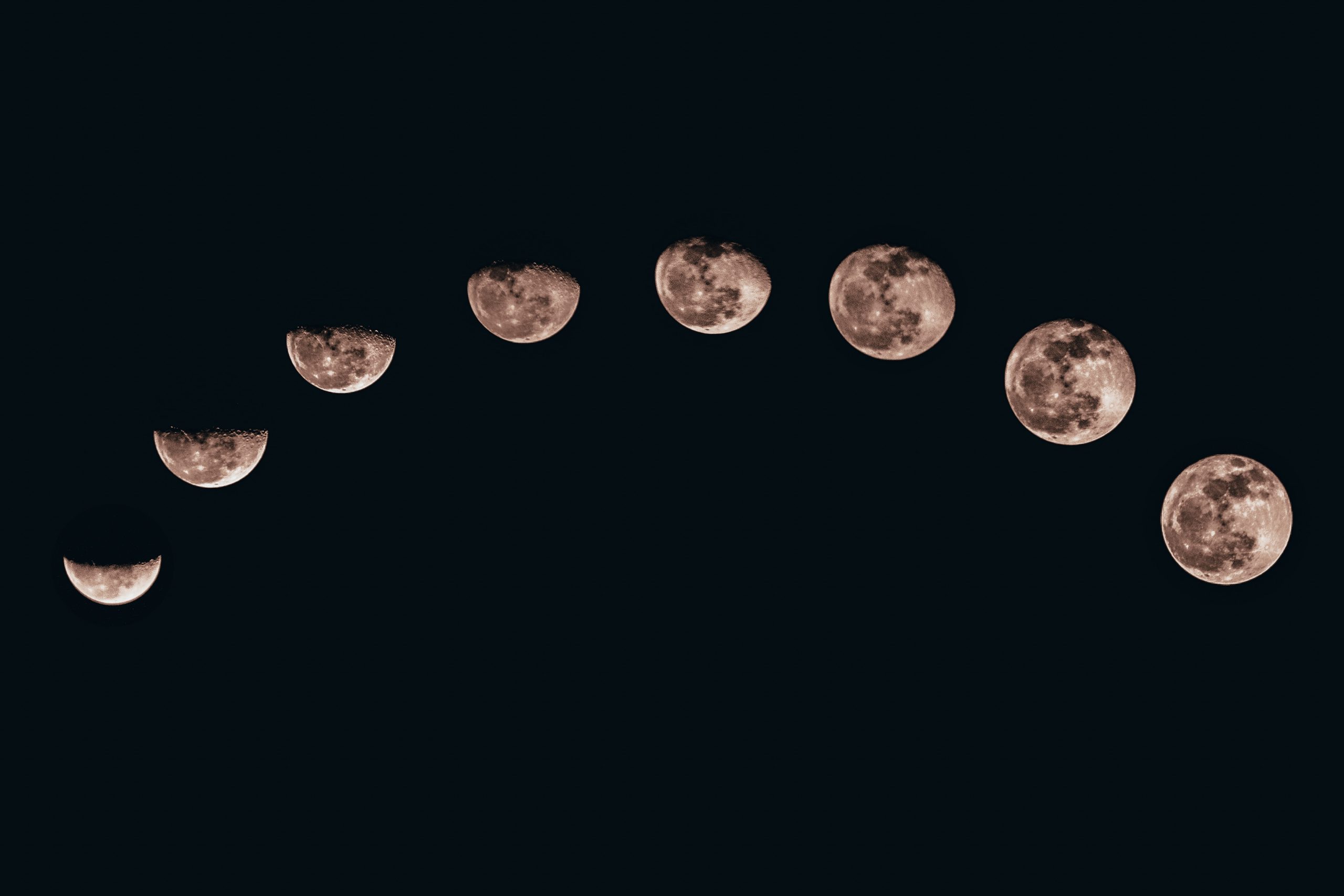The Egyptian Moon Symbol: A Journey into Ancient Beliefs
The moon has held a mystical fascination for humanity throughout history, and the ancient Egyptians were no exception. To them, the moon symbolized various aspects of their culture, religion, and beliefs. In this blog post, we will delve into the world of Egyptian mythology and explore the significance of the moon symbol in their society.
Ancient Egyptian Beliefs and Symbolism
Religion played a central role in ancient Egyptian society. Their complex belief system comprised various gods, goddesses, and celestial bodies, including the moon. The Egyptians associated the moon with several deities, with one of the most prominent being Thoth.
Thoth, the god of wisdom, writing, and magic, was often depicted with the head of an ibis or as a baboon. He was also the patron god of the moon and was believed to govern the cycles of time and the lunar calendar. As such, Thoth’s association with the moon made the celestial body an important symbol in Egyptian cosmology.
The Egyptian Lunar Calendar
The Egyptian lunar calendar was based on the moon’s phases, with each lunar month consisting of 29 or 30 days. This calendar regulated the agricultural cycles and religious festivals, ensuring the timely observance of significant events in the ancient Egyptian calendar.
A unique aspect of the Egyptian lunar calendar was its intercalary days. These were additional days inserted to align the lunar calendar with the solar year, making up for the discrepancy between the two. These intercalary days were not associated with any specific lunar phase but played a crucial role in maintaining the integrity of the Egyptian calendar system.
The Crescent Moon Symbol
The crescent moon symbol was one of the primary representations of the moon in ancient Egypt. It held particular significance in the religious and mythological contexts. The crescent shape itself resembled a boat, which the ancient Egyptians believed carried the moon across the night sky.
The Crescent Moon was associated with various deities, each representing different aspects of Egyptian beliefs. For instance, the goddess Hathor was often depicted with a solar disk nestled within the crescent moon. This imagery symbolized her role as a motherly figure and as the protector of women and families.
Another deity associated with the Crescent Moon was the god Khonsu, often depicted as a young man with a sidelock of hair. As the lunar god of protection and healing, Khonsu was believed to embody the moon’s rejuvenating powers.
“The sacred symbol of the crescent moon carries immense spiritual and cultural significance in ancient Egypt.”
Other Moon Symbols in Egyptian Art and Hieroglyphs
Besides the crescent moon, the ancient Egyptians incorporated other symbols in their art and hieroglyphs to represent the moon. One example is the lunar crescent with a star, symbolizing the celestial partnership between the moon and the stars.
Additionally, the full moon was often depicted with a set of arms and legs, forming the symbol known as a “man in the moon.” This representation symbolized the moon god Thoth and his association with knowledge, intellect, and magic.
Astronomical Significance of the Moon in Ancient Egypt
Beyond its religious and mythological associations, the moon held astronomical importance for the ancient Egyptians. The lunar cycles were essential for agricultural purposes, as they determined the optimal times for planting and harvesting crops.
Additionally, the moon’s phases were carefully observed to predict the annual flooding of the Nile River, a vital event for agriculture in Ancient Egypt. The Egyptians, with their advanced understanding of astronomy, developed methods to track and predict the movement of celestial bodies, giving them the ability to anticipate these pivotal natural occurrences.
The Legacy of the Egyptian Moon Symbol
The sacred symbol of the crescent moon carries immense spiritual and cultural significance in ancient Egypt. It symbolized the divine aspects of fertility, protection, and timekeeping. The lunar calendar regulated both religious and agricultural events, ensuring the cohesion and harmony of Egyptian society.
Today, remnants of the Egyptian moon symbol can still be found in modern cultures. The crescent moon, often associated with Islam, has roots in various ancient civilizations, including Egypt. This enduring symbol connects us to the rich heritage and beliefs of ancient Egyptians, reminding us of our shared fascination with the mysteries of the moon.
Conclusion
The Egyptian moon symbol reflects the intertwining nature of mythology, religion, and science in ancient Egypt. The moon, represented by the sacred crescent shape, played a crucial role in their religious rituals, calendar system, and agricultural practices.
By exploring the Egyptian moon symbol and its associated beliefs, we gain valuable insight into the complex civilization that flourished along the banks of the Nile thousands of years ago. It serves as a reminder of our collective heritage and the enduring significance of celestial bodies in shaping human culture and beliefs throughout history.
Table of Contents
